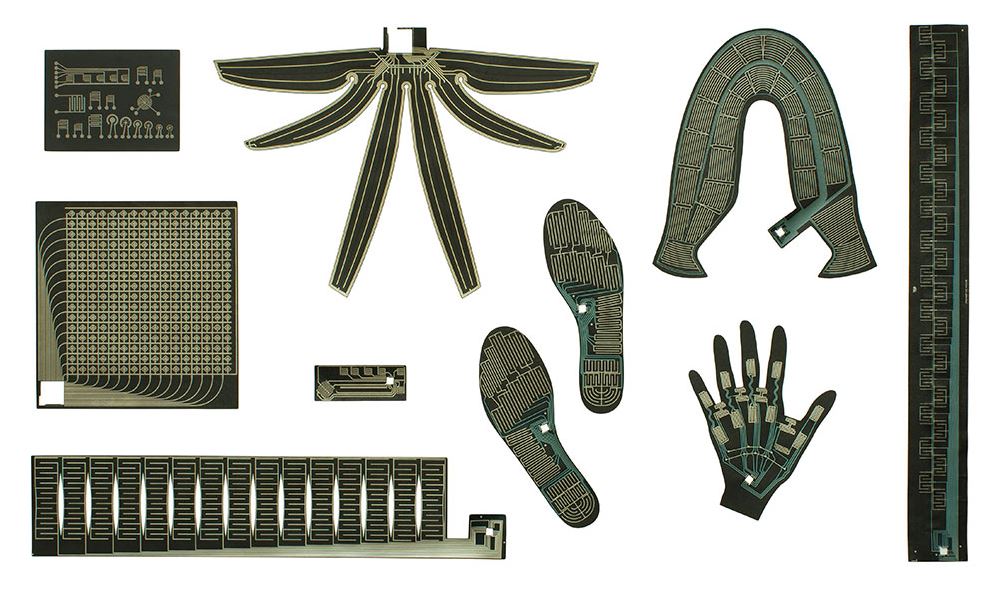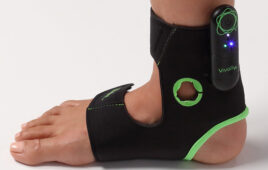Sensor technology has evolved over the years. They’ve become integrated into watches so that our metrics are continuously monitored, helping us track our health. However, wearables are no longer considered new, as several versions of them exist on the market.
So what’s the next step? Embedding the sensors into clothing—and that’s what BeBop Sensors, a flexible pressure sensor solutions company, has done. Specifically, BeBop integrates electrodes into fabric.
The main components include a PCB and bare fabric which isn’t produced by BeBop.
The design process includes making measurements for the length of the sensor strips and its geometry, deciding on the placement of the electrodes, and creating a prototype. Electrodes are printed onto strips using a conductive ink, such as silver or another conductive gold covered with carbon. Nickle is an option as well. These electrodes are then embedded into fabric.

(Credit: BeBop)
The strips are then able to record bodily vitals such as breathing, and can also issue warnings to the users and caregivers.
“Two of the biggest design challenges include getting the fabric to be consistent over time and pulling the signals off of the fabric,” says Keith McMillen, Founder of Bebop. When designing the sensor strips, the designer must be careful as to how close or far apart the sensors are from one another.
“One advantage of these sensors compared to others on the market is that these are more flexible, stretchable, and washable,” adds McMillen.
The technology has been in development for eight years, according to a press release. The sensor can measure metrics such as weight/force, shape, location, and presence. One example of sensor’s integration is a helmet. Using their Force Location Sensor System, the sensors are able to record an entire incident from the head’s point of view while providing real-time feedback feed-back in real-time with a customizable set of commands. This is paired with a Bluetooth device for first responders and those studying post-trauma. The sensors can detect the impact location and velocity thresholds and trigger emergency calls.
The helmet is designed with a lattice array of 40 sensors.
Additional integrations include shoes, athletic equipment, healthcare devices, and prosthetics.




